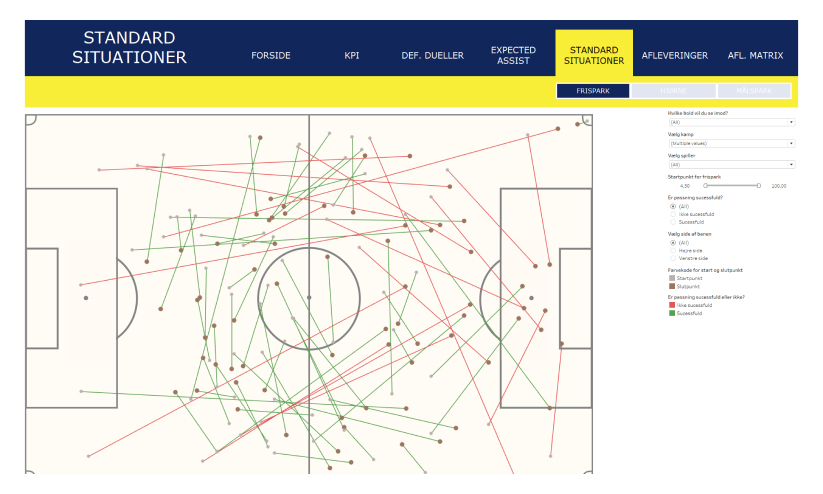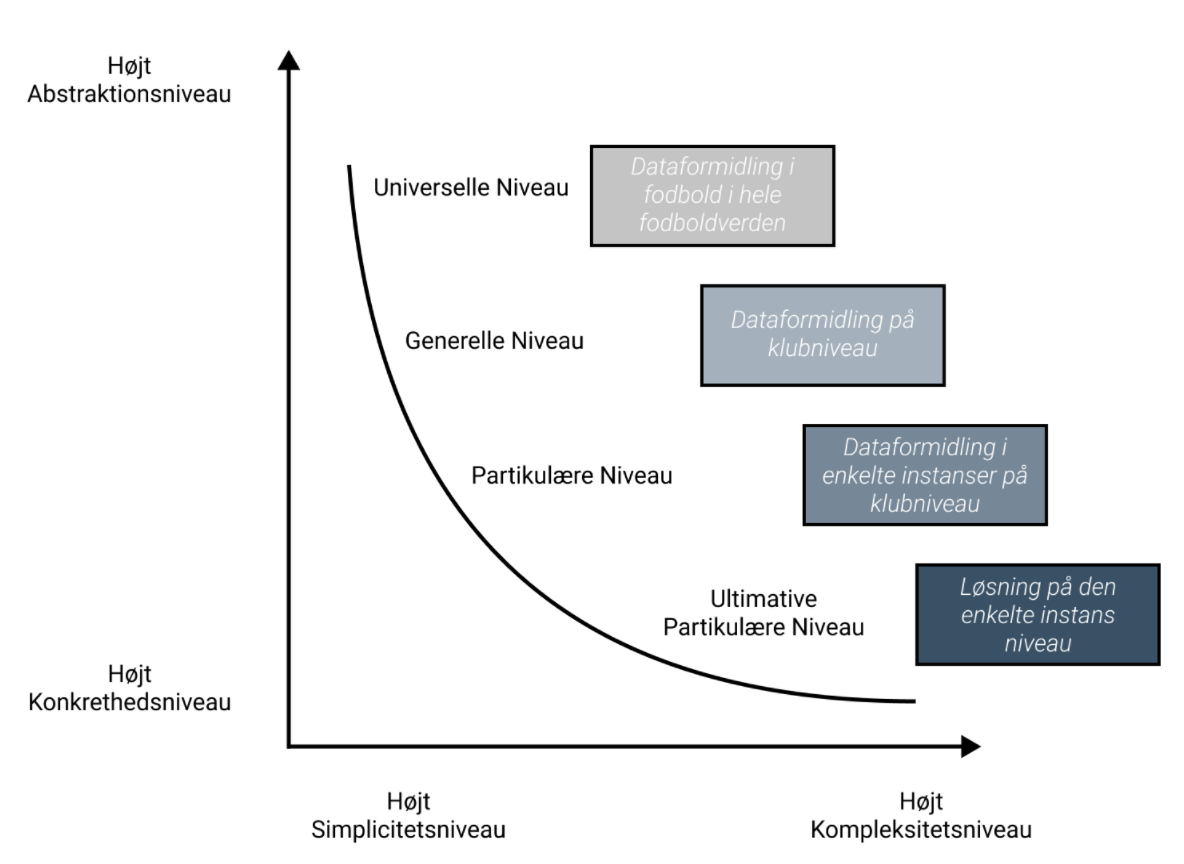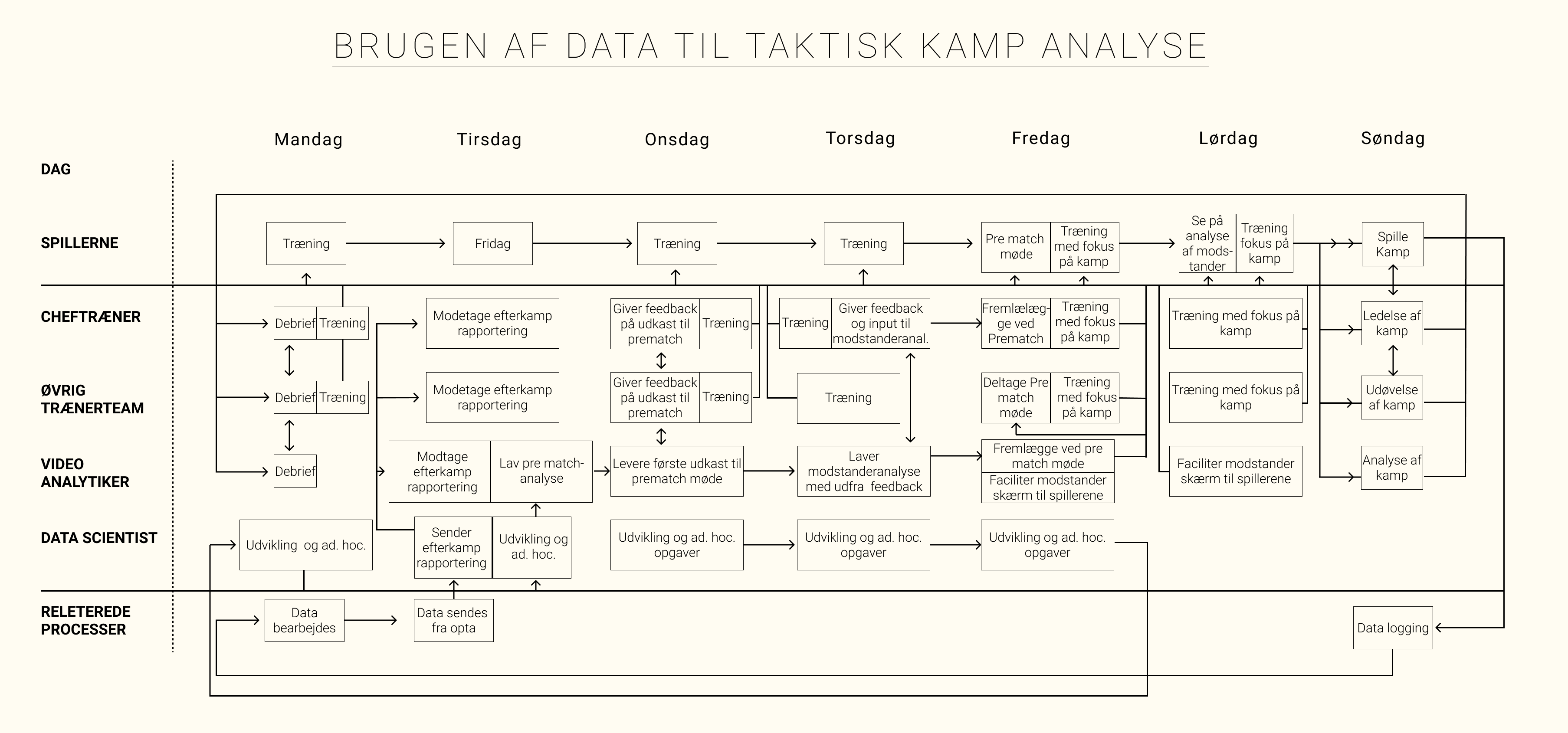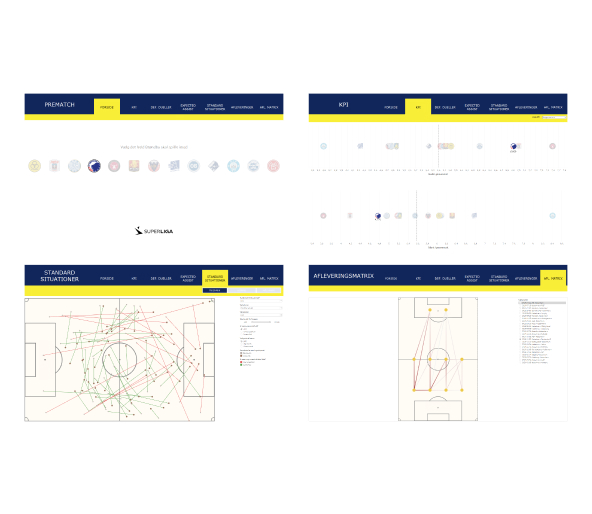Role: HCI Student
Contribution: User Research, UX Design, UI Design, Prototyping, User Testing.
Solution
To address the miscommunication between football experts and data analysts, we sought to empathize with the needs of the football team. We developed an MVP tailored to their requirements. Our solution was a pre-match business intelligence system designed for football analysts. This system provided insights into how the upcoming opponent was performing across various parameters. It was an interactive tool that allowed analysts to easily access and review key data points to prepare for the match.

Problem
The goal was to improve the impact of data usage within the professional football team at Brøndby. The topic was broad and open-ended, offering room for exploration but lacking a clear direction.
Approach
Our approach was to move from the universal to the ultimate particular – designing specifically for the unique situation at Brøndby. The idea was that if we could prove our methods were effective in this context, they could be applied successfully elsewhere, making them valuable in other situations as well.

Blueprint: Analyzing the Use of Data within the Organization
Scope
Given the wide scope, we aimed to narrow down our focus. We conducted interviews and observations to understand how data was currently being used within the organization. This process revealed several areas of use, with a key insight emerging from the pre-match report. We identified a significant gap between the data analysts, who worked with data daily, and the football analysts, who needed to interpret and apply that data. This gap ultimately affected the football players’ access to and use of the data, providing the basis for our solution.

Blueprint: Analyzing the Use of Data within the Organization
Result
We measured the impact by comparing data usage before and after our involvement. The results were clear: our user-first approach significantly improved the usability of the available data. This was a prime example of how designing with the end-user in mind leads to better adoption and more effective use of technology.
